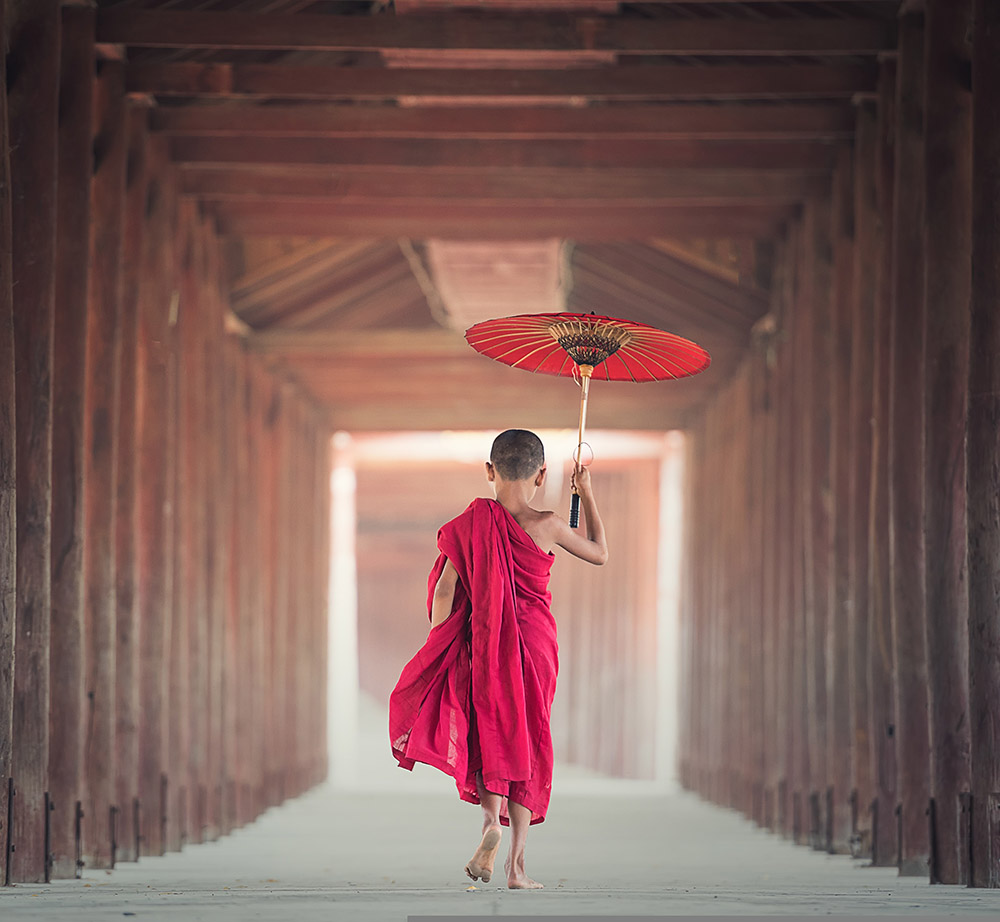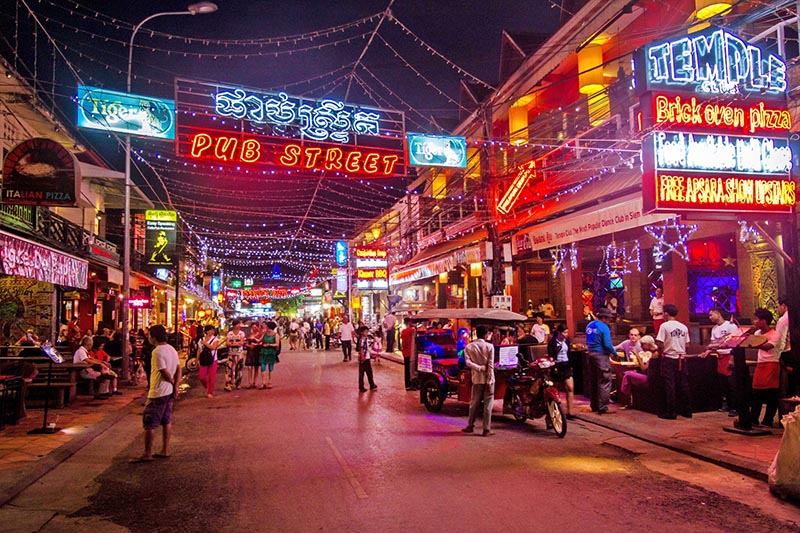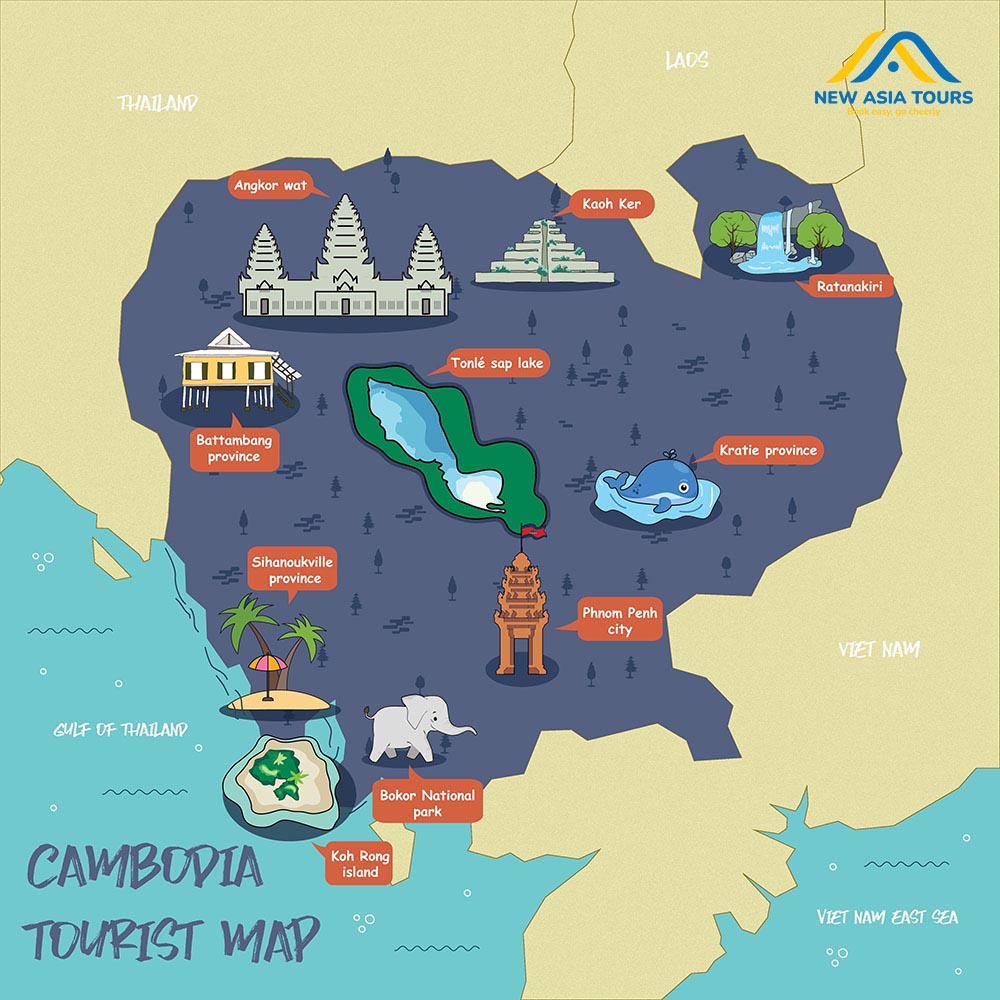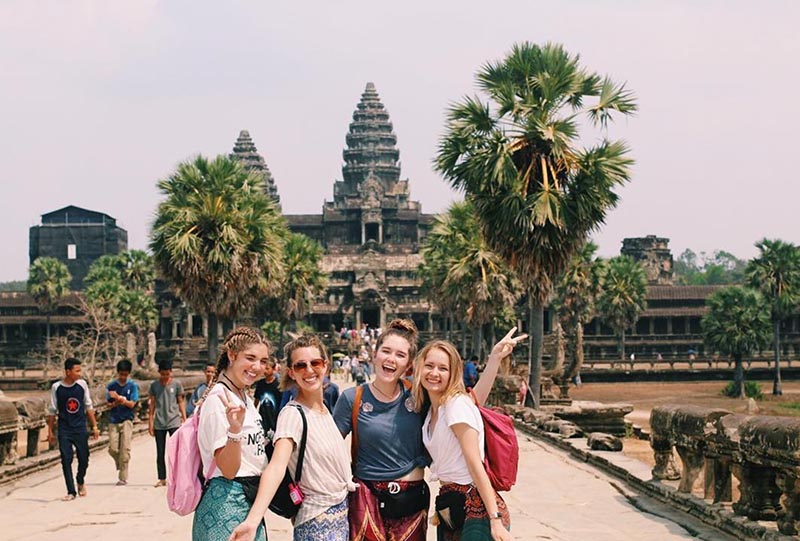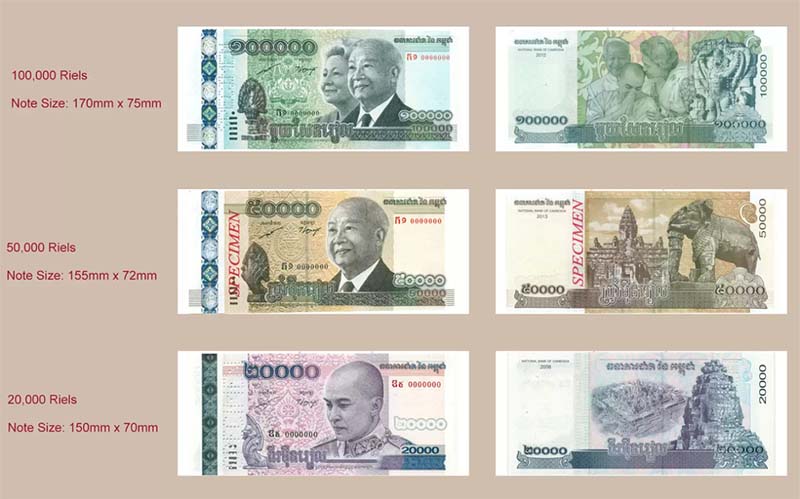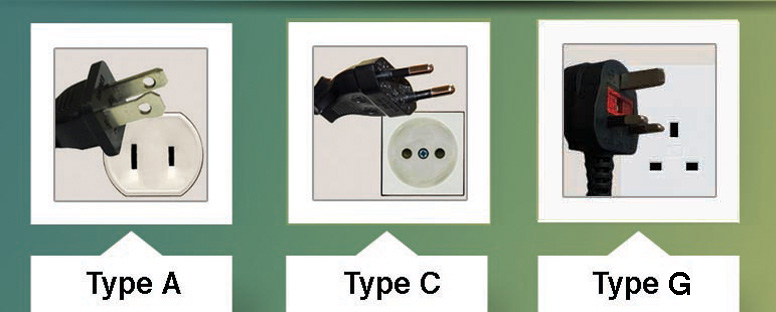
Cambodia is located in the southwest of the Indochinese peninsula, with borders with Vietnam, Laos, and Thailand. Phnom Penh is the largest city and the political, economic, and cultural center of Cambodia.
With the nickname "The Kindom of Wonders", Cambodia is famous for many ancient temples, such as the complex of temples of Angkor Wat and Angkor Thom which are honored as one of the wonders of the world. Until now, archaeologists have not been able to conclude whether the Angkor Wat temple complex was built by humans on Earth.
Come to Cambodia to find the answer to the question “Who are we?, what is this Earth”?
Cambodia Travel Guide
Top 12 Things To Do In Cambodia For Your Bucket List
Cambodia is famous for its ancient temples, particularly Angkor Wat, the largest religious monument in the world. In addition, this Khmer country has many other things for you to explore, such as pristine lakes, untouched beaches, peaceful rural areas, interesting local lifestyles, unique Khmer architecture, exquisite cultural and artistic performances, and more. Let’s check out what exciting experiences you can look forward to having in this country.
Cambodia Travel Guide
Cambodia Travel Guide: Journey To Ancient Wonders
Welcome to the captivating land of Cambodia, where ancient temples rise from lush jungles and bustling markets overflow with vibrant colors and exotic scents. In this Cambodia travel guide, brought to you by New Asia Tour, we will unveil essential information about this country, providing you with comprehensive insights before embarking on your journey of exploration.
Cambodia Travel Guide
Best Time To Visit Cambodia: All You Need To Know
Cambodia, with its pristine natural beauty and mysterious Hindu temples scattered throughout the country, warmly welcomes visitors with its friendly and hospitable people. You will undoubtedly uncover many fascinating experiences when exploring this country situated on the Indochina Peninsula. Let's take a look at the best time to visit Cambodia with the New Asia Tours in this blog to discover the best month to visit Cambodia that suits your travel desires.
Cambodia Travel Guide
Discover The Best Time To Visit Vietnam And Cambodia
Vietnam and Cambodia are neighboring countries situated in the Indochina Peninsula of Southeast Asia. Both nations are captivating tropical countries with renowned attractions that offer unique and affordable travel experiences. Since weather conditions greatly influence our travel endeavors, join New Asia Tours on a journey as we explore the best time to visit Vietnam and Cambodia, and the most suitable destinations in the 2 countries to visit according to each season.
Cambodia Travel Guide
Cambodia Temples That You Should Not Miss
Nestled within the mystical land of Cambodia, a treasure trove of architectural marvels awaits those who seek a journey back in time. Cambodia temples whispered to carry the whispers of centuries, and stand tall and proud, each telling their own unique story. From the towering magnificence of Angkor Wat to the enigmatic beauty of Ta Prohm, these temples form a sacred sanctuary that beckons travelers to drop by.

